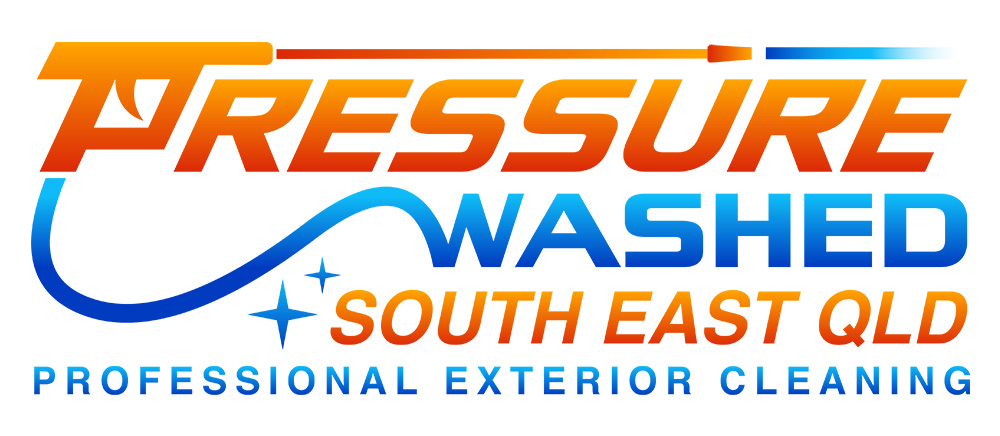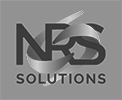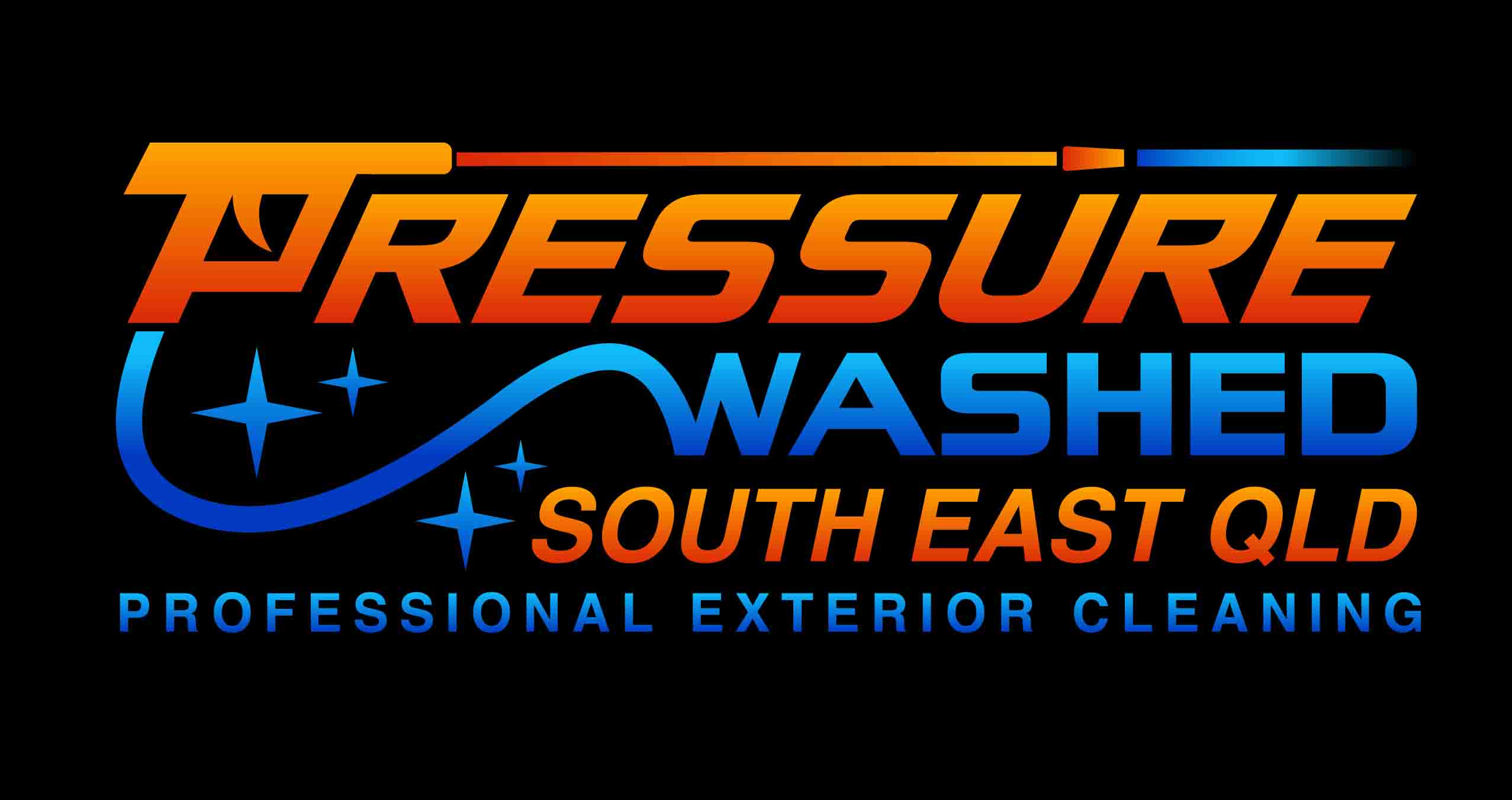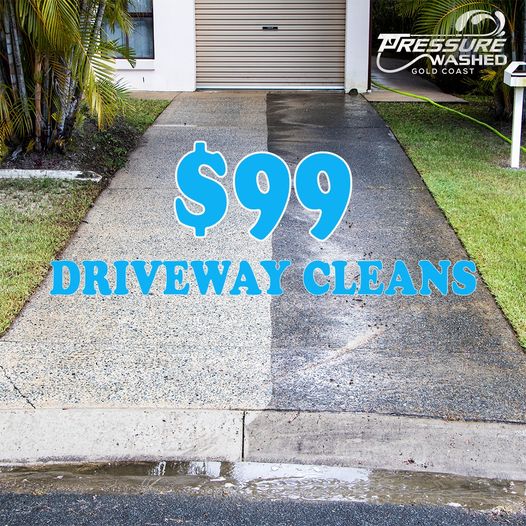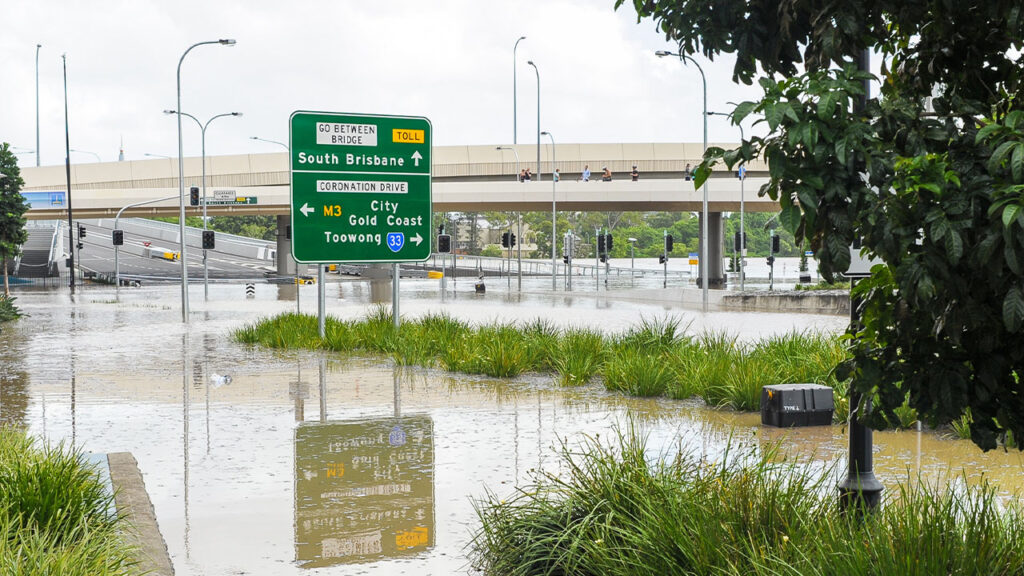
In the wake of a natural or man-made disaster, swift and effective cleanup becomes a paramount concern for everyone affected. The challenge lies not only in addressing the visible aftermath but also in tackling the hidden threats that these calamities leave behind. From microbial infestations to layers of mud and debris, a thorough cleaning plan is essential to reclaim a safe living and working environment. Amidst the myriad of cleanup solutions available, high pressure cleaning emerges as a powerful and versatile tool. Armed with the right techniques, cleaning agents, and equipment, this method can be a game-changer in post-disaster restoration. This article delves into the multifaceted world of pressure washing, exploring its applications, nuances, and crucial role in disaster recovery.
Table of Contents
Pressure Washing: The First Line of Defense in Post-Natural Disaster Cleanup
After a natural disaster, the first priority is often to clean and restore the affected area. Pressure washing serves as a front-line defense tool in this cleanup process, allowing professionals to remove thick mud, debris, and contaminants from surfaces rapidly. Using high-pressure water can effectively break down most natural substances, enabling a faster return to normalcy and getting people back on their feet quicker.
“The most common natural disasters in Australia are floods, bush fires, and droughts”
Reviving Commercial Spaces: The Power of Pressure Cleaning Post-Disasters
In the aftermath of a disaster, commercial properties and shops face the daunting task of not just structural repairs but also meticulous cleanup to restore business operations. Pressure cleaning emerges as an invaluable tool in this restoration journey. For commercial spaces, which often span large areas with varied surfaces, the efficiency and versatility of pressure cleaning can significantly expedite the cleanup process. From removing thick layers of mud on parking lots to eradicating mold and mildew from store interiors, pressure washing ensures a thorough, deep clean.
Moreover, for businesses, a clean exterior and interior are crucial for attracting customers back and ensuring their safety. Employing pressure cleaning post-disaster not only rejuvenates the property but also signals resilience and a commitment to excellence, encouraging clientele to return with confidence, and to support communities getting back to normal.
Mold, Mildew, and Algae: How Pressure Washing is Pivotal in Remediation After Severe Storms
Severe storms and prolonged wet weather or deluges can introduce unwanted microbial and organic growth like mold, mildew, and algae. These growths are not only unsightly but also harmful to health. Pressure washing, particularly when combined with effective agents like bleach and mildewcide, can swiftly remove these microorganisms. Removing spores is an essential part of the cleaning as it helps to prevent regrowth. It’s also essential to tackle this growth as soon as possible to prevent structural damage and health issues.
“The most expensive natural disaster in Australia was the 2019-2020 bush fires, which caused an estimated $10 billion in damage”

Bio-Hazard Cleanup in the Aftermath of Disasters: The Essential Role of Pressure Washing
Natural or man-made disasters can sometimes result in bio-hazardous scenarios. Whether it’s contaminants from floodwaters or residues from chemical leaks or sewage, pressure washing is essential for ensuring these dangerous substances are thoroughly removed and left behind bacteria neutralized. Using specialized equipment and cleaning agents, professionals can sanitize most areas, ensuring they’re safe for inhabitants to return without the worry of being infected.
From Soot to Mud: The Comprehensive Guide to Restoration Using High Pressure Business’s
The aftermath of disasters like fires or floods can leave behind diverse residues, from smoke soot to mud. High-pressure cleaning business’s like Pressure Washed South East QLD are designed to tackle these wide-ranging challenges, employing different water flow rates, nozzles attachments, pressures, and cleaning solutions for effective restoration.
Navigating Insurance Claims Post-Disaster: The Importance of Pressure Washing and Claim Inspection
In the wake of a disaster, dealing with insurance claims can be daunting. However, thorough cleaning, particularly with pressure washing, can often assist in these scenarios. A clean environment enables claim inspectors to assess the damage more accurately. Damage is often hidden underneath layers of mud and is not seen by claims inspectors, this causes headaches and delays later on as areas need to be reassessed. Engaging a professional Water blasting Business show’s a willingness to and desire to return the property to good repair. Proper documentation of the cleaning process can also bolster insurance claims.
“Droughts have caused the most economic losses, with an estimated total cost of $100 billion over the past 30 years”
A Deep Dive into Pressure Washing: Bleach, Detergent, and Mildewcide for Comprehensive Cleanup
For a thorough cleanup after disasters, pressure washing or House washing alone might not be enough. Incorporating agents like bleach, detergents, and mildewcides can elevate the cleaning process. While bleach acts as a disinfectant, detergents can help break down stubborn grime, and mildewcides prevent microbial growth returning, ensuring lasting cleanliness. Professional house washing business’s also carry Biodegradable detergents which are safer for the environment.
Safety First: Handling Electricity and Electrical Wiring During Pressure Washing After Floods
Water and electricity make a dangerous combination. After flooding or heavy rain and storms, ensure that all electrical sources are switched off and consult with an electrician before using any water damaged electrical outlets or appliances. Wet electrical wiring can pose a threat, so it’s paramount to approach the cleanup with utmost caution. If you’re in doubt it’s best not to use and damaged electrical goods or outlets until they are tested by a certified professional.
Inside and Out: How High Pressure Washing Revives Damaged Items and Spaces in the Wake of Calamities
After Natural disasters, both interior and exterior spaces can suffer significant damage. Pressure washing is versatile and can be used to clean and restore items both inside and outside of a property. However, care must be taken when cleaning delicate items, adjusting the pressure and nozzle accordingly.
“Here are some tips for preparing for natural disasters:
- Create an emergency plan and make sure everyone in your household knows what to do.
- Have a survival kit that includes food, water, first-aid supplies, and other essential items.
- Stay informed about the latest weather forecasts and warnings.
- If you live in an area that is prone to flooding, storms, or other natural disasters, make sure your home is insured”
Emergency Response: Cleaning Emergency Vehicles and Equipment with Pressure Washing Techniques
Emergency vehicles and equipment are often at the frontline during calamities, accumulating dirt, debris, and contaminants. Regular pressure washing can ensure these essential tools remain clean and functional, ready to serve in any emergency.
Beyond the Dirt: The Science of Nozzles, Hoses, and Pressure in Restoration After Water Damage
Efficient pressure washing is not just about blasting high pressure water at everything. The choice of nozzle, pressure, water flow, the length and quality of the hose and inlet water pressure, all play pivotal roles in ensuring effective and efficient cleaning. Different scenarios might require varied setups, so it’s essential to understand the science behind these tools for optimal cleaning restoration. Different surface types also require different cleaning attachments, it’s best contact a professional Pressure washing business for your cleaning needs after a natural disaster.

Frequently Asked Questions for Post-Disaster Cleanup
What are the immediate steps I should take after a natural disaster?
A. First, ensure the safety of all family members. Avoid entering severely damaged buildings, and always switch off the main power if you suspect water damage. Document damages for insurance claims and contact local authorities or relief agencies for immediate assistance.
Is it safe to remain inside my home after a disaster?
A. It depends on the severity of the damage. If there’s structural damage, flooding, or risk of gas leaks, it’s advisable to evacuate. Always prioritize safety and consult with professionals before making a decision.
How can pressure washing assist in post-disaster cleanup?
A. Pressure washing is effective in removing mud, soot, mold, mildew, and other contaminants from various surfaces, aiding in faster cleanup and restoration.
When should mold remediation be initiated after a flood or storm?
A. Mold can begin growing within 24-48 hours in damp conditions. Start the drying process immediately after the water recedes and consult a mold remediation expert if you suspect any growth.
How can I ensure the safety of my electrical appliances after a flood?
A. Do not use any electrical appliances that were submerged or affected by the flood until they have been inspected and cleared by an electrician.
What should I know about cleaning emergency vehicles post-disaster?
A. Emergency vehicles, due to their front-line roles during disasters, may be contaminated. Regular pressure washing, using appropriate disinfectants and cleaning agents, can ensure their cleanliness and functionality.
Can I handle post-disaster cleanup myself?
A. While minor cleanup tasks can be managed, it’s advisable to consult professionals for significant damages, especially when dealing with mold, structural damage, or bio-hazards.
How can I protect my home from mold and mildew after water damage?
A. Begin by drying out the affected areas as soon as possible. Utilize dehumidifiers, fans, and open windows. Remove damaged items, and consider pressure washing with mold-preventive cleaning agents.
How do I deal with insurance claims post-disaster?
A. Document all damage with photographs and detailed notes. Contact your insurance provider immediately to begin the claim process. Retain receipts for any repair or cleanup expenses.
Is it safe to use bleach and other chemicals for cleaning after a disaster?
A. When used appropriately, bleach and other chemicals can be effective disinfectants. However, always ensure adequate ventilation, use personal protective equipment, and follow the manufacturer’s guidelines.
What items should I prioritize during cleanup?
A. Focus on personal documents, irreplaceable items, and essentials first. Then, tackle structural components and appliances to prevent further damage.
How can I ensure my water source is safe after a disaster?
A. After a flood or severe storm, local water sources may be contaminated. Boil water or use purification tablets before consumption, and follow local advisories on water safety.
Are there any specific pressure washing techniques for different disaster residues like mud, soot, or bio-hazards?
A. Yes, different residues require varying pressures, nozzles, and cleaning agents. Consult with a pressure washing professional for guidance tailored to your specific needs.
What precautions should I take when cleaning the inside of my home with pressure washing?
A. Ensure good ventilation, protect electrical outlets, and use appropriate pressures to prevent damage. Consider professional assistance for indoor pressure washing.
How can I prepare or protect my home from future natural disasters?
A. This depends on the type of disasters common in your area. Consider home improvements like flood barriers, storm shutters, reinforced roofing, and regular maintenance checks to bolster your home’s defenses.
While these FAQs offer a primer on post-disaster cleanup, always consult local agencies and professionals for guidance tailored to your specific situation. Safety and health should always be the primary concern.
Conclusion
The repercussions of natural or man-made disasters are undeniably daunting, but with the right tools and knowledge, restoration is attainable. Pressure washing serves as a testament to how innovative solutions can significantly impact disaster recovery. Its ability to address both the apparent and hidden challenges post-calamity makes it an invaluable asset in the restoration toolkit. As we’ve seen, the effectiveness of this method is not just about high-powered water blasts but understanding the intricacies of nozzles, detergents, safety precautions, and more. In the journey of reclaiming spaces and ensuring safety post-disaster, pressure washing stands out as a beacon of hope and efficacy.
South East QLD, don’t let disaster’s aftermath weigh you down! With Pressure Washed South East QLD, bring back the shine and safety to your homes and businesses. Our community deserves a fresh start, and we’re here to ensure every nook and cranny is revived to its former glory.
Act now to restore, rejuvenate, and rebuild with the trusted power of pressure washing.
www.pressurewashed.com.au or call 0487 000 328
Written by: Mark B owner and operator of Pressure Washed South East QLD
